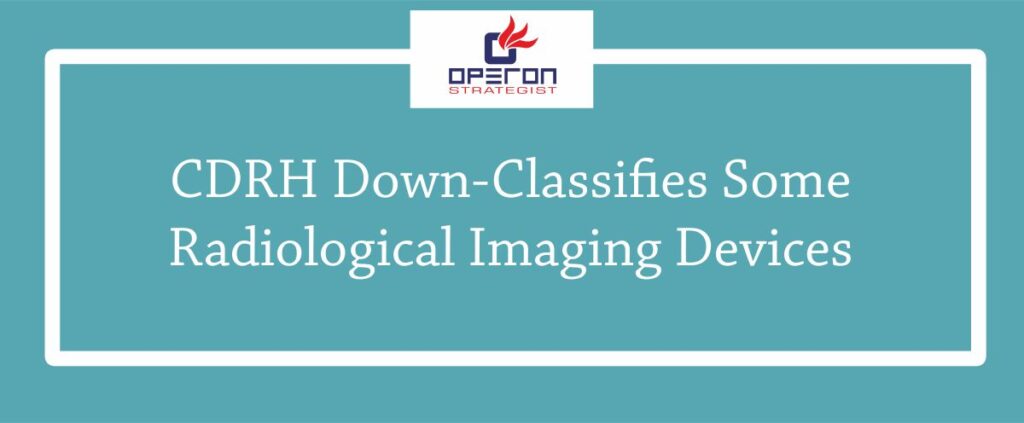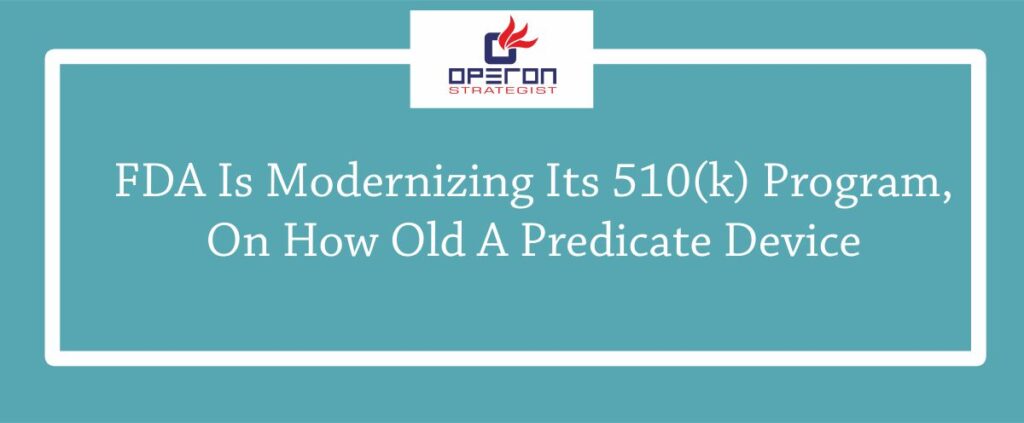Overview - SaMD Classification
SaMD refers to software applications designed to perform medical functions, transforming the way we diagnose, treat, and monitor patients. To ensure the safety and effectiveness of these digital tools, regulatory bodies like the U.S. Food and Drug Administration (FDA) have established a framework for their classification and submission.
Operon Strategist is here to provide you with a comprehensive guide to SaMD classification and submission as per the US FDA. This blog aims to help manufacturers and developers navigate the complex regulatory environment while bringing their SaMD products to market successfully.
The FDA has provided guidance on SaMD classification and regulation to help ensure that these digital tools meet the same standards of quality, safety, and efficacy as traditional medical devices.
Looking for Consultant?
Let’s have word about your project
Understanding SaMD Classification as per US FDA
The FDA classifies medical devices, including SaMD, into one of three categories: Class I, Class II, or Class III. The classification depends on the device’s risk and intended use. The higher the risk, the more stringent the regulatory requirements. Operon Strategist can assist in determining the appropriate classification for your SaMD. Here’s a brief overview of each class:
- Class I: SaMD in this category presents low risk and includes basic health monitoring apps or general wellness applications. Manufacturers need to follow general controls and register their device with the FDA.
- Class II: Devices in this category are of moderate risk and include software for diagnostic purposes and disease management. Manufacturers must adhere to special controls and may require a 510(k) premarket submission.
- Class III: SaMD in this category poses the highest risk and may include life-supporting or life-sustaining software. These devices require premarket approval (PMA) submissions, which are more rigorous and time-consuming.
Operon Strategist can also provide consultation to get CE Marking for Software as Medical Device (SaMD)
Submission Requirements of SaMD as pre US FDA
Submitting your SaMD to the FDA is a pivotal step in bringing your product to market. The type of submission required depends on your device’s classification:
- 510(k) Premarket Submission: For Class II SaMD, a 510(k) submission is typically required. This process involves demonstrating that your device is substantially equivalent to an existing legally marketed device (predicate). Operon Strategist can help you prepare a comprehensive 510(k) submission that addresses all necessary aspects, including device functionality, performance, and risk analysis.
- Premarket Approval (PMA): Class III SaMD necessitates a PMA submission. This is a more extensive and demanding process, requiring comprehensive data to demonstrate the device’s safety and effectiveness. Operon Strategist can guide you through this process, helping you compile the essential clinical evidence and documentation required for PMA.
Labeling and Quality Management Systems Requirements for SaMD
Effective labeling is a critical aspect of regulatory compliance. Your SaMD’s labeling should be accurate, clear, and informative. Operon Strategist can assist in creating labeling that complies with FDA guidelines, ensuring that users and healthcare providers have access to the necessary information.
Additionally, implementing a robust Quality Management System (QMS) is essential for SaMD manufacturers. A QMS helps ensure the consistent quality and safety of your product. Operon Strategist can aid in establishing an efficient QMS that meets FDA requirements and improving your chances of a successful submission.
Post-Market Surveillance
Regulatory compliance doesn’t end with the FDA’s approval of your SaMD. Ongoing post-market surveillance is crucial for monitoring your device’s performance and addressing any safety concerns. Operon Strategist can help you establish a post-market surveillance plan that allows you to collect and analyze data to continuously improve your product and meet FDA requirements.
Take the Advantage of Operon’s Proactive Approach to FDA Compliance for Your SaMD.
Navigating the regulatory landscape for SaMD classification and submission in the United States can be a daunting task. Operon Strategist, as a seasoned medical device consultant, is well-equipped to assist manufacturers and developers at every stage of this process. By working closely with experts like Operon Strategist, you can ensure that your SaMD product not only complies with US FDA 510(k) but also reaches the market successfully, ultimately improving patient care and healthcare delivery.
- adminhttps://operonstrategist.com/author/admin-2/
- adminhttps://operonstrategist.com/author/admin-2/
- adminhttps://operonstrategist.com/author/admin-2/
- adminhttps://operonstrategist.com/author/admin-2/




